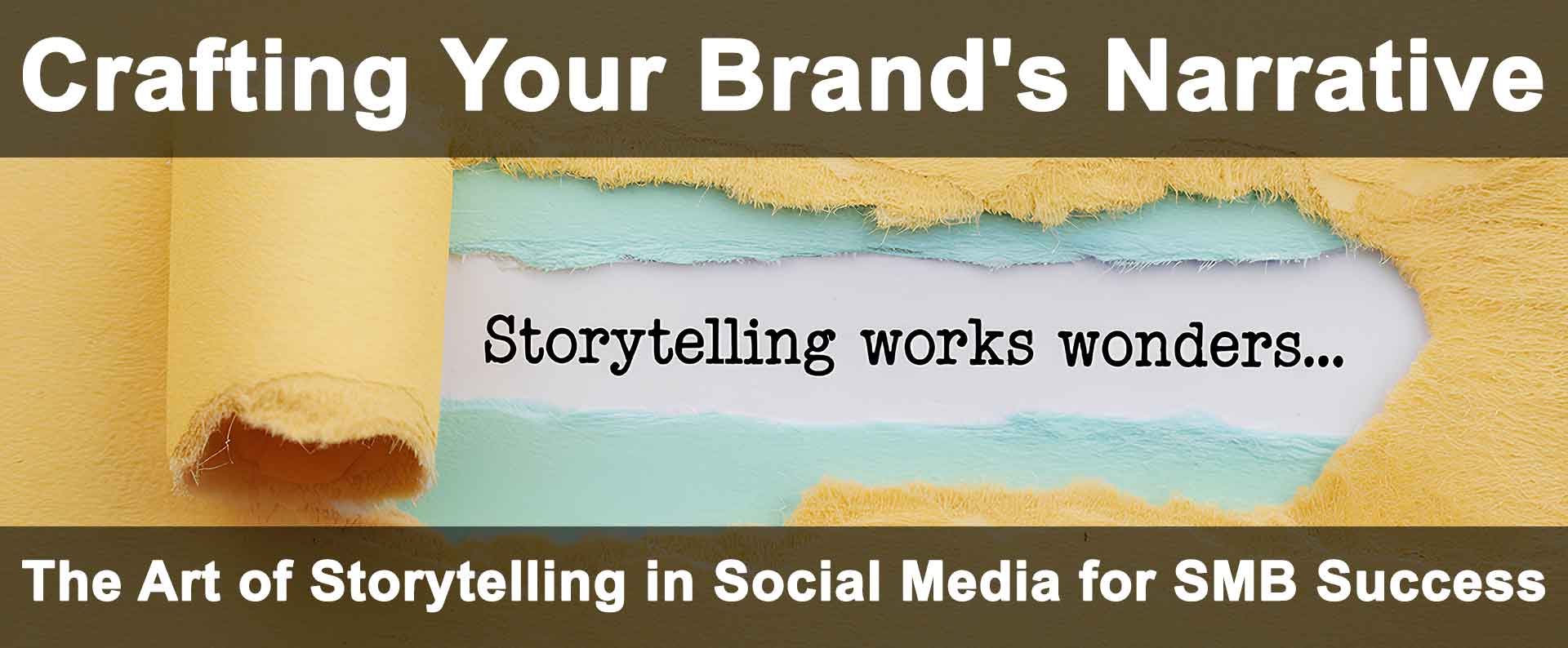In today's fast-paced social media landscape, where user attention is fleeting, small businesses must find unique ways to stand out. One of the most compelling strategies to capture an audience's interest and foster loyalty is through storytelling.
Storytelling, a fundamental aspect of human communication for centuries, has evolved into a crucial marketing tool in the digital age. Here’s why storytelling is pivotal and how you can leverage it to engage your audience.
The Importance of Storytelling:
1. Emotional Connection:
Stories tap into emotions and connect with people on a profound level. By sharing your brand's journey or customer stories, you forge a bond that transcends mere transactions.
2. Memorable Content:
Stories are far more memorable than raw data or statistics. Integrating your brand's values and mission into an engaging narrative increases the likelihood that your audience will remember and share it.
3. Brand Identity:
A compelling story helps shape your brand identity. It communicates who you are, what you stand for, and why you do what you do, setting you apart from the competition.
4. Encouraging Engagement:
Storytelling naturally invites interaction. A captivating story prompts your audience to comment, share, and engage with your posts, thereby amplifying your reach.
Tips for Crafting and Sharing Your Brand Story
1. Define Your Core Message:
Clarify the key message you wish to convey before sharing your story. What are the driving values of your business? What unique experiences have defined your journey? Build your narrative around this central theme.
2. Highlight Customer Experiences:
Utilize customer testimonials and success stories. Share their journeys, challenges, and how your product or service has positively impacted their lives. This not only demonstrates your value but also builds trust with potential customers.
3. Showcase Behind-the-Scenes Content:
Give your audience a glimpse behind the curtain. Share snippets of daily operations, introduce your team, and reveal the process behind creating your products or services. This transparency humanizes your brand and fosters a sense of connection.
4. Use Visuals:
Implement images, videos, and graphics to enrich your storytelling. Visual content is more engaging and can more effectively illustrate your narrative. For instance, create video montages of your team in action or photo series highlighting your production process.
5. Be Authentic:
Authenticity is critical in storytelling. Share your challenges and failures alongside your successes. This vulnerability can make your brand more relatable and trustworthy.
6. Create Interactive Stories:
Leverage social media features like polls, questions, or stories to engage your audience. Invite them to share their experiences related to your brand or products, and then feature their responses in future posts to build a sense of community.
7. Tailor Content for Each Platform:
Different social media platforms cater to distinct audiences and formats. Customize your storytelling approach for each platform. For example, Instagram's visual nature calls for captivating images and concise captions, while Facebook supports more detailed narratives.
8. Consistent Posting:
Maintain consistency in your storytelling. Regularly sharing stories keeps your audience engaged and encourages them to return for more. Use a content calendar to plan your storytelling posts in advance.
The Moral of the Story:
Storytelling is a potent marketing tool that can elevate your social media presence. By sharing your brand's story, customer experiences, and behind-the-scenes content, you can forge deeper connections with your audience.
Remember, it’s not just about selling a product or service; it’s about sharing a journey that resonates with people. Start telling your story today, and watch your audience grow!













